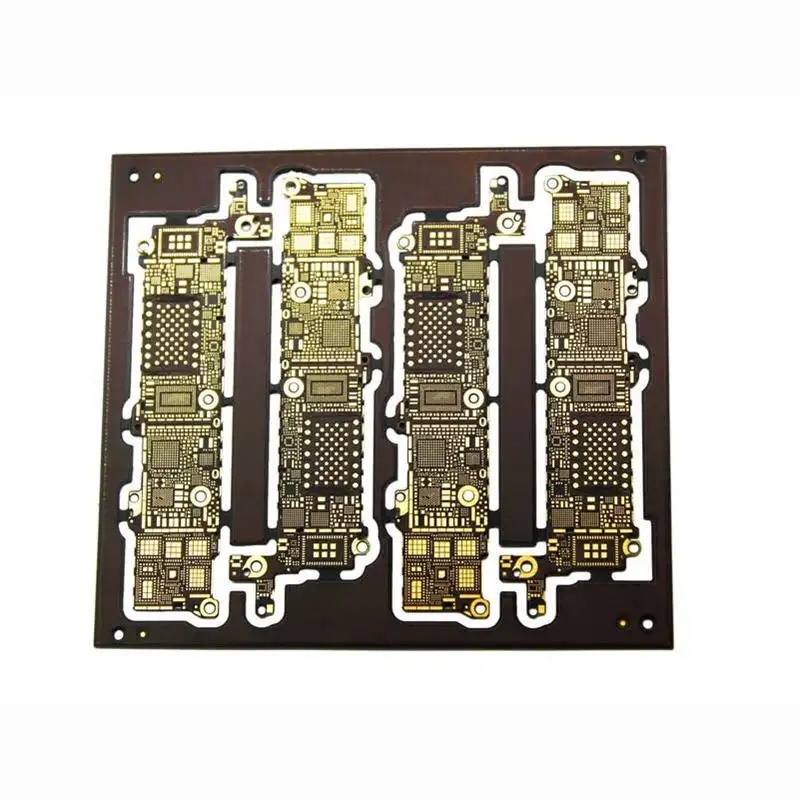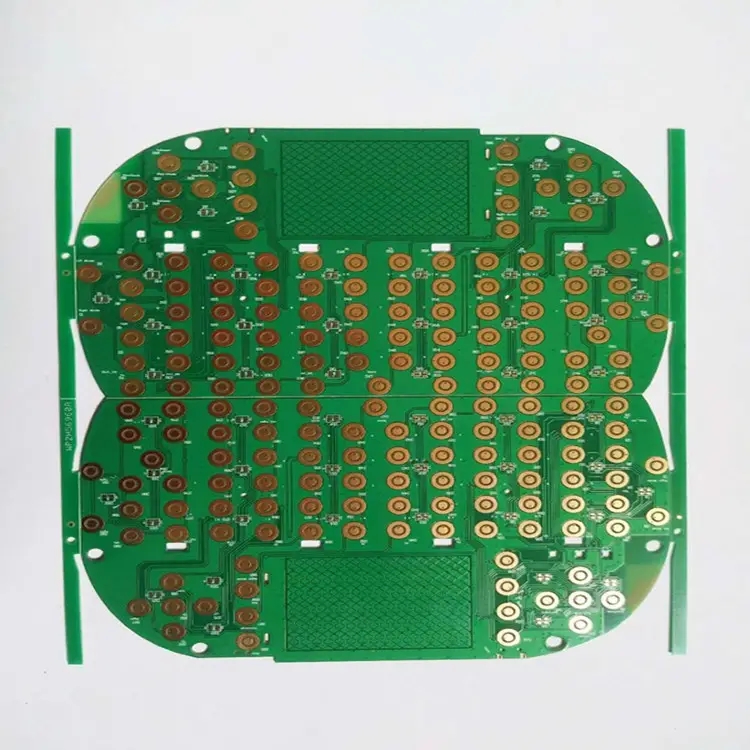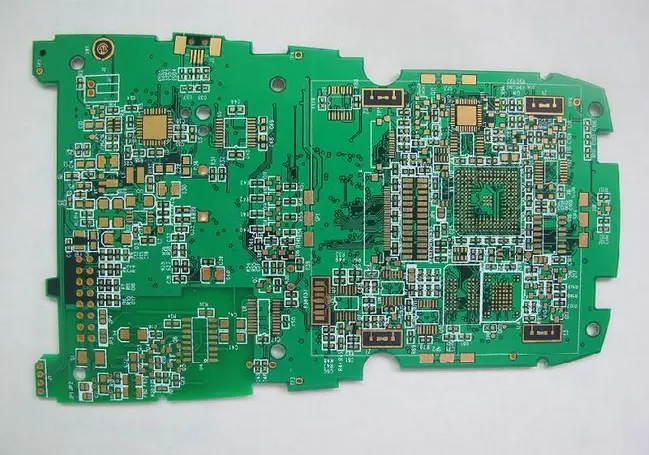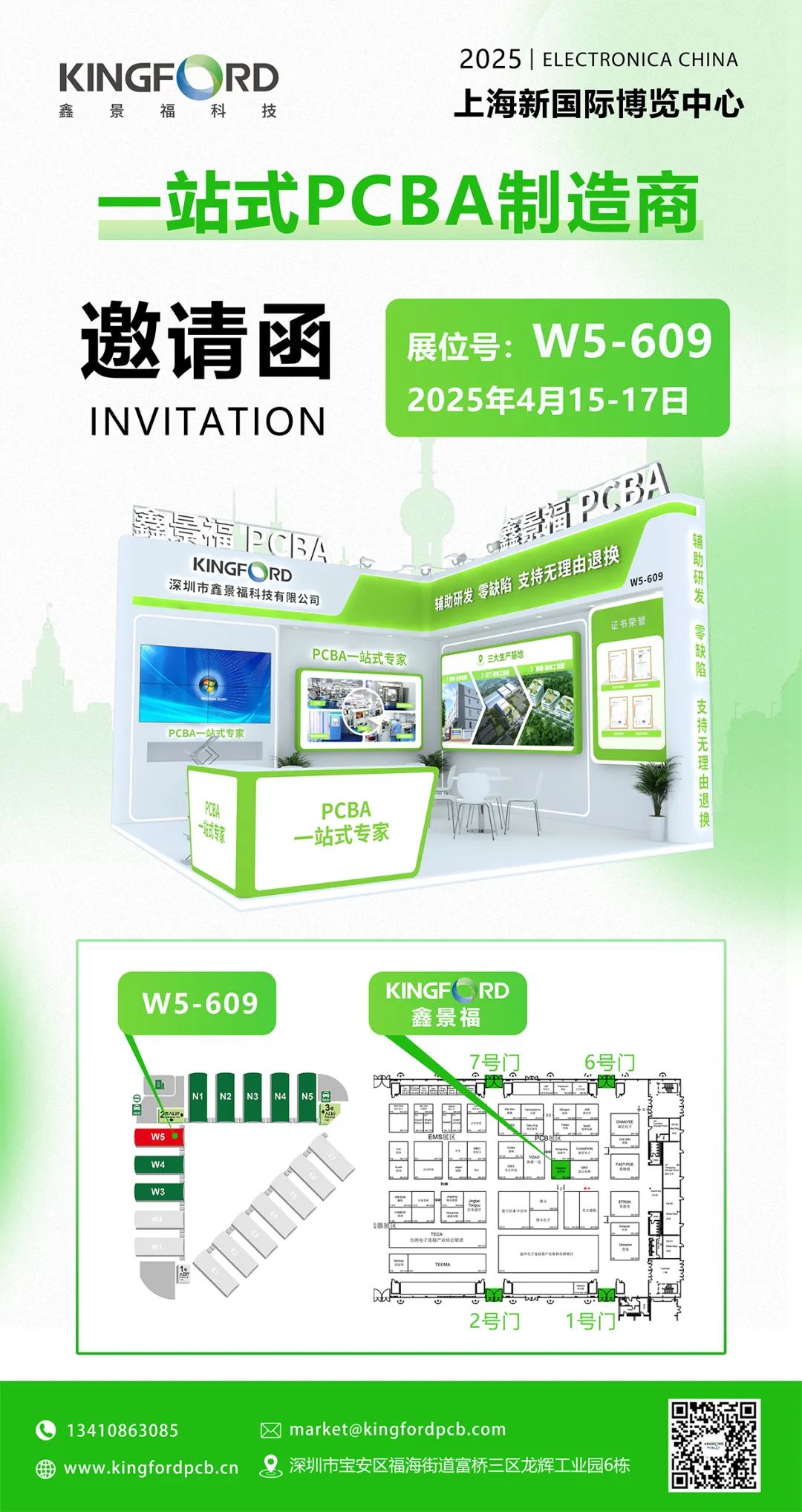
What is the Copper substrate? Two advantages of copper substrate
PCB manufacturers, PCB designers and PCBA manufacturers explain to you what PCB manufacturers tell you about copper substrates? Two advantages of copper substrate
Copper substrate is the most expensive one among metal substrates. Its heat conduction effect is many tiMES better than aluminum substrate and iron substrate. It is suitable for high frequency circuits, regions with high and low temperature changes, and the heat dissipation and building decoration industries of precision communICation equipment.
Generally, there are gold plated copper substrate, silver plated copper substrate, tin sprayed copper substrate, oxidation resistant copper substrate, etc.
The circuit layer of copper substrate is required to have a large current carrying capacity, so a thicker copper foil with a thickness of 35 μ m~280 μ m; The thermal conductive insulation layer is the core technology of copper substrate. The core thermal conductive component is composed of aluminum oxide and silicon powder and epoxy resin filLED polymer. It has low thermal resistance (0.15), excellent viscoelastic performance, thermal aging resistance, and can withstand mechanical and thermal stresses. The metal base layer of copper substrate is the supporting component of copper substrate, which requires high thermal conductivity. Generally, it is copper plate, which is suitable for conventional machining such as drilling, punching and cutting. This metal layer (block) mainly plays the role of heat dissipation, shielding, covering or grounding. Due to the difference between the properties of copper and aluminum and the corresponding PCB processing technology, copper substrate has more performance advantages than aluminum substrate.
The thermal conductivity of copper base is twice that of aluminum base. The higher the thermal conductivity, the higher the thermal conductivity and the better the heat dissipation.,

2. The copper base can be processed into metallized holes, while the aluminum base cannot. The network of the metallized holes must be the same network, so that the signal has good grounding performance. Secondly, the copper itself has weldability, so that the final installation of the designed structural parts can choose welding in the later period.
3. The copper base of the copper substrate can be etched into fine patterns and processed into a boss shape. components can be directly pasted on the boss to achieve excellent grounding and heat dissipation effects;
4. Due to the difference between the elastic modulus of copper and aluminum (the elastic modulus of copper is about 121000MPa, and the elastic modulus of aluminum is 72000MPa), the corresponding warpage and shrinkage of copper substrate will be SMAller than that of aluminum substrate, and the overall performance will be more stable.
Rules for copper substrate design: because the copper substrate is thick, the minimum diameter of the drilling tool must be 0.4mm, and the line width spacing is determined according to the thickness of the copper foil on the copper substrate. The thicker the copper foil, the wider the required thinnest line width, and the larger the required minimum spacing.
Two advantages of copper substrate
If you don't even know the two advantages of copper substrate, you can say you don't know about copper substrate. The selling point of the product is its advantages and functions.
Copper substrate, also known as copper based copper clad laminate, is a kind of metal substrate. Due to its low thermal resistance and good heat dissipation, the product plays an important role in some special industries. The substrate is more suitable for conventional machining such as cutting, punching and shearing. What are the main advantages of this substrate?
1、 The material of copper substrate is generally copper, because its heat dissipation effect is better than aluminum and iron. Thermal insulation layer is one of the core parts of copper based copper clad laminate, so its copper foil thickness should be 35 μ m-280 μ m. So as to achieve a strong current carrying capacity. Compared with aluminum substrate, aluminum substrate is mainly made of aluminum, which has a high thermal resistance value. The heat dissipation is not obvious in the process of use (Luoyang Oaks Air Conditioner). It is recommended to use copper material to achieve better heat dissipation effect, so as to ensure the stability of the product. Different materials have different prices. Therefore, the higher the thermal conductivity of general materials is, the more they meet the needs of customers.
2、 The main advantage of copper substrate is that it is a common substrate in the comparison of circuit components, because in the products with high power density and many circuit components, when the anti-aging ability, mechanical and thermal stress of some substrates cannot be reached, this copper based copper clad plate can give full play to its good heat dissipation performance, and should be the preferred substrate. If the copper base copper clad laminate can not bubble and delaminate at 280 ℃, it indicates that it has a strong pressure resistance value, contains no heavy metals, and has no pollution to the environment. The SMT surface mounting process is adopted for the product. In the circuit board design scheme, the thermal diffusion is treated very effectively. No additional radiator is required, and the volume is greatly reduced, greatly improving the mechanical processing performance of the product.
PCB manufacturers, PCB designers and PCBA manufacturers explain to you what PCB manufacturers tell you about copper substrates? Two advantages of copper substrate.
然后
联系
电话热线
13410863085Q Q

微信

- 邮箱











